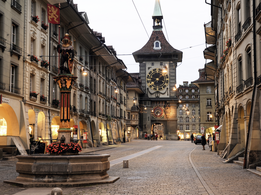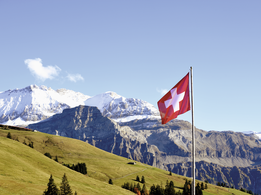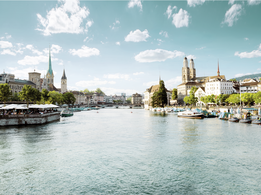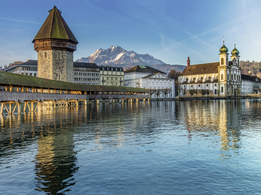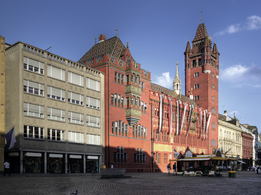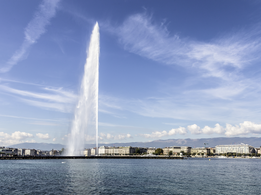From the outside, it looks like a country with lots of nature and outdoor sports, with mountains, lakes and beautiful landscapes. From the inside, it is one of the wealthiest countries in the world, with a stable currency and high-tech industries.
Many visitors to Switzerland might consider the countryside to be the nation’s biggest attraction. During the summer, trails and vistas invite legions of hikers. The trails, meandering through meadows, along ridges and to the tops of the mountains, can be chosen for any age group and fitness level. In wintertime, skiers are eager to make the most of well-groomed ski slopes and adventures in the snow, enjoying views of the magnificent Alpine panorama and mountain peaks sparkling in the sun, while taking the run to the valley. Or they benefit from the network of cross-country ski trails, combining the luxury of leisurely trails through the glittering snow with healthy exercise, fresh air and an abundance of feel-good hormones.
There is also the more industrious side to Switzerland, though, and it is always right next door to nature’s allures. A lot of famous, picturesque towns are embedded in the rural scenery, from Basel, near the German border, to Geneva, near the French border; from Zurich, the financial capital, to Berne, the political capital of Switzerland.
